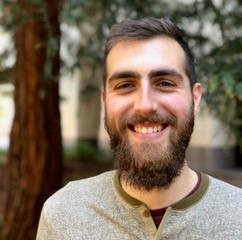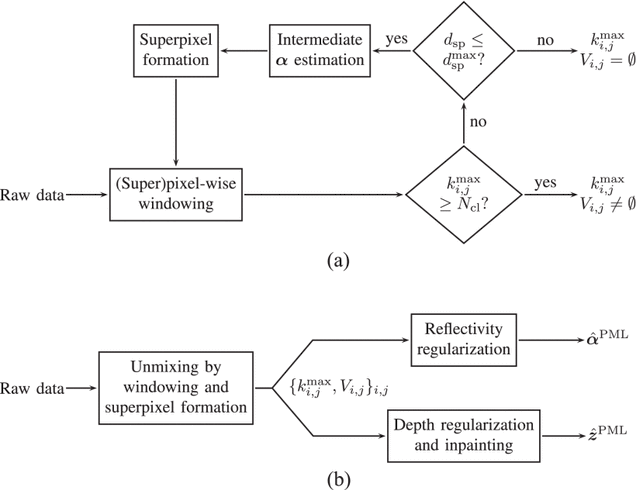Joshua Rapp wins the 2020 IEEE SPS Young Author Best Paper Award
By Maureen Stanton
Boston University alumnus Joshua Rapp (Ph.D. ECE ’20) has won the 2020 IEEE Signal Processing Society Young Author Best Paper Award. This prestigious award will be presented to Dr. Rapp by IEEE Signal Processing Society President Ahmed Tewfik at the ICASSP 2021 in Toronto, Canada, June 6-11, 2021.

Rapp was a student of CISE faculty affiliate, Professor Vivek Goyal (ECE) and was the recipient of the Boston University Electrical and Computer Engineering Outstanding Dissertation Award (May 2020).
Rapp was honored by the IEEE SPS for his paper entitled “A Few Photons Among Many: Unmixing Signal and Noise for Photon-Efficient Active Imaging,” which describes novel computational imaging developments done while Rapp was a Ph.D. student at BU.
“I’m honored to receive this award from the IEEE Signal Processing Society and appreciative of the mentorship of my advisor and co-author Vivek Goyal,” says Rapp, currently a Postdoctoral Researcher at Stanford University. “My goal for this paper was to develop a lidar processing algorithm that would be sensitive to only a few signal photons per pixel but robust enough to tolerate imaging with the laboratory lights turned on. It has been extremely gratifying to see other works test the algorithm and show that it also performs well in challenging, real-world scenarios such as depth imaging through dense fog or over extremely long ranges.”
Rapp’s paper describes a novel computational imaging method to dramatically improve image quality by enabling single photon lidar with extraordinarily low signal-to-background (SBR) ratio. This work addresses the problem of how to safely create 3D images in challenging environments with high ambient light, such as bright daylight, which is ordinarily prone to creating distorted images. He introduces methods for employing single photon lidar despite low signal-to-background ratio, producing high-quality images even across long distances without the use of dangerously high laser power. Using these methods, Rapp demonstrates a 25-times improvement in the amount of ambient light withstood for accurate depth and reflectivity imaging from a few detected signal photons per pixel, down to an SBR of 0.04.

Rapp’s methods are rooted in rigorous analysis of the ability to perform a hypothesis test. The test distinguishes between a photon detection due to signal light and a detection event due to background noise. Using this, he develops a depth and reflectivity image estimation algorithm that concentrates on the unmixing of signal and “noise”. Furthermore, he introduces a method to create signal-adapted spatial resolution so that less reflective parts of the scene have spatially coarser estimates without sacrificing the image’s accuracy.
“Both of those aspects are not just novel and creative, they are essential to the dramatic performance improvement that Josh achieved,” says Goyal. “Josh’s method for scenarios with low SBR has quickly become an important benchmark in photon-efficient 3D imaging. In the computer vision and computational photography communities, his work is the de facto standard for the best that can be achieved without fusing additional sensors. Furthermore, Josh’s superpixel concept is employed in a leading automotive lidar system.”
The Young Author Best Paper Award honors the author(s) of a paper on a subject related to the Society’s technical scope and appearing in one of the Society’s publications. Rapp’s paper, “A Few Photons Among Many: Unmixing Signal and Noise for Photon-Efficient Active Imaging,” was co-authored with Prof. Goyal and published in IEEE Transactions on Computational Imaging, Vol. 3, No. 3, pp. 445-459, Sept. 2017, DOI: 10.1109/TCI.2017.2706028.
Read the paper here. Learn more about Dr. Rapp’s work here.